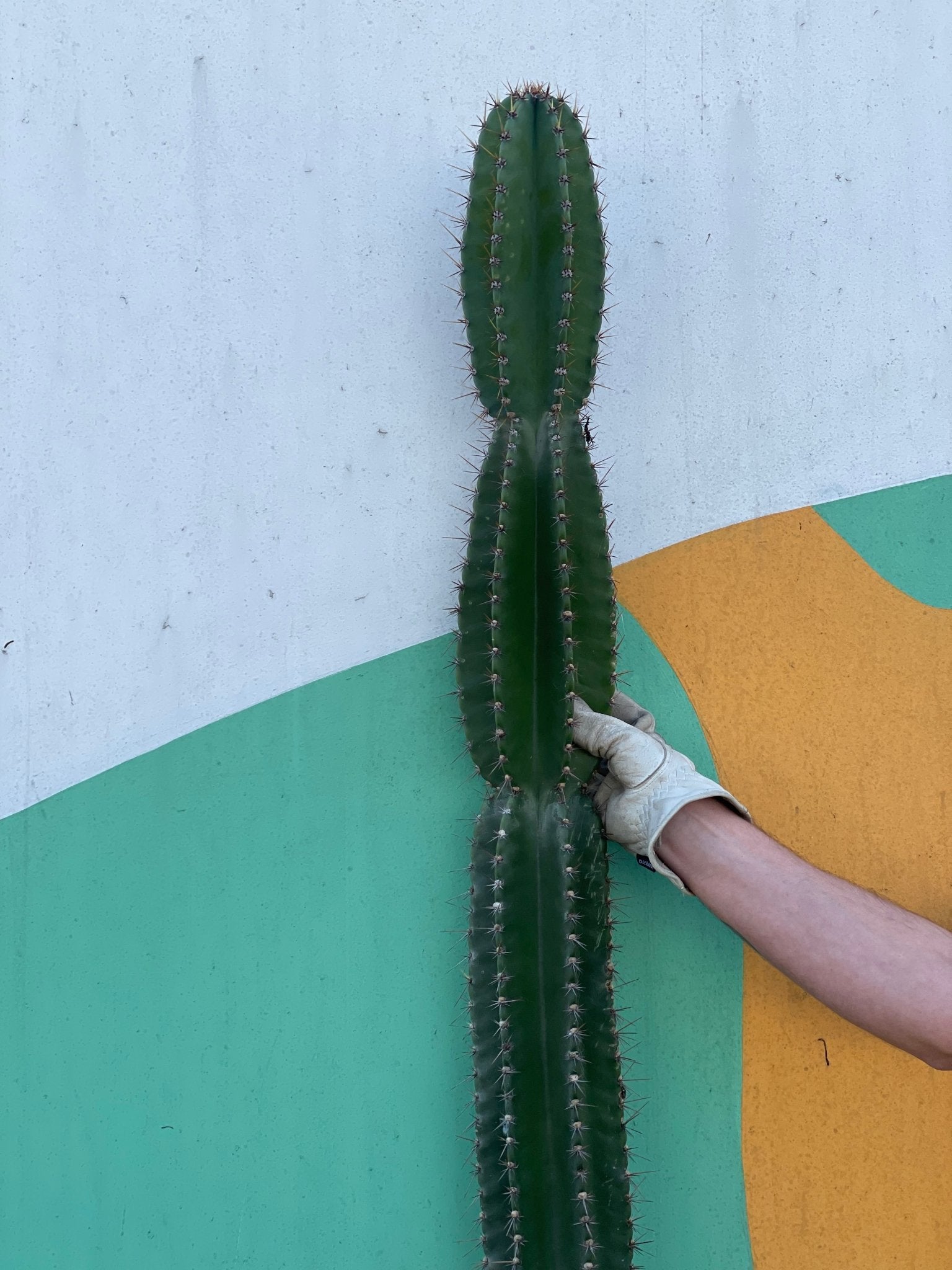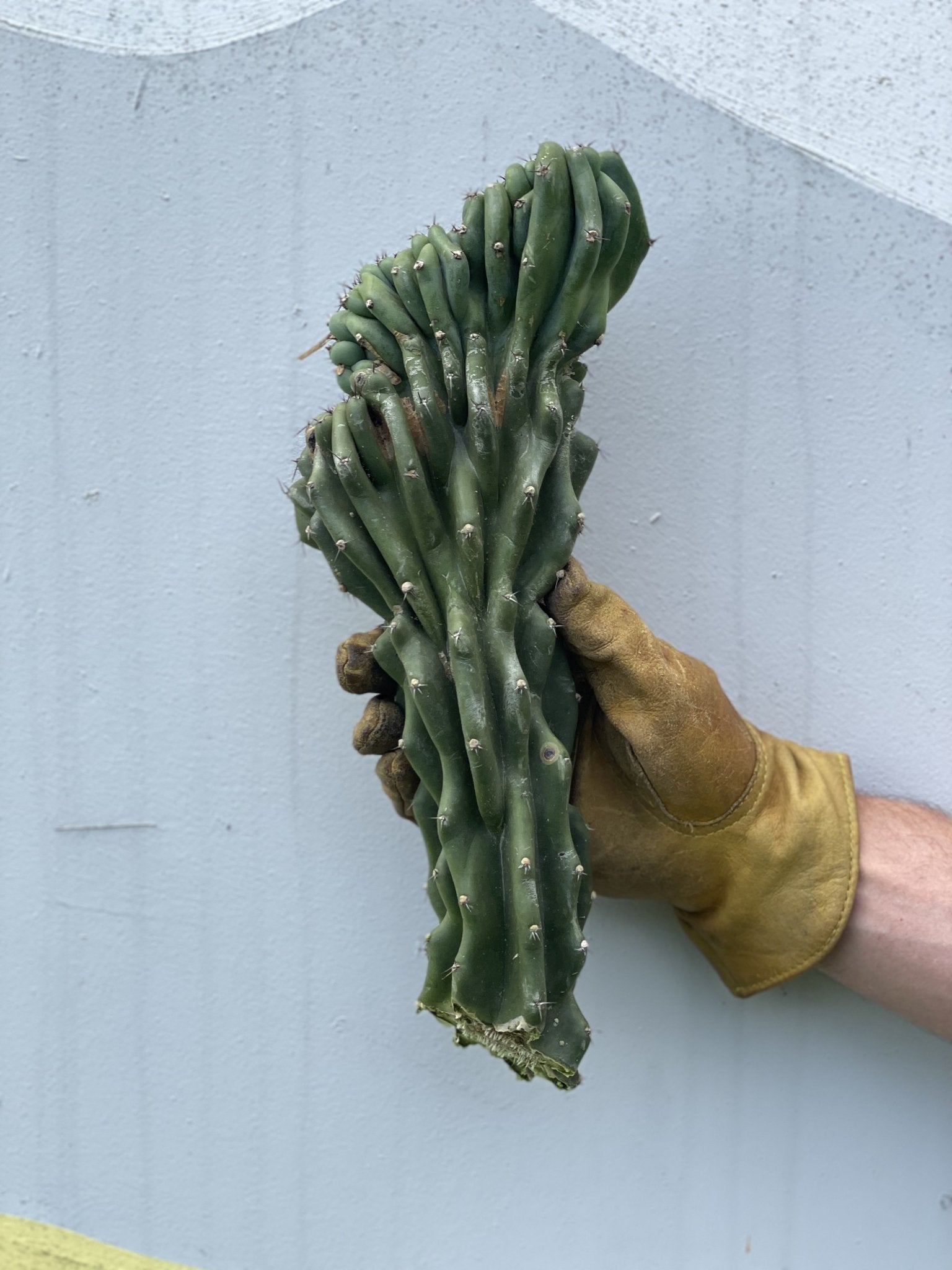The Ruby Rubber Plant (Ficus elastica 'Ruby'), a vibrant and attractive variety of the rubber plant, has become increasingly popular among houseplant enthusiasts. With its broad, glossy leaves featuring contrasting shades of green, pink, and white, the Ruby Rubber Plant adds a touch of color and elegance to any indoor space. But how do you care for a Ruby Rubber Plant?
This article will provide a comprehensive guide on how to care for your Ruby Rubber Plant, ensuring its healthy growth and longevity.
Light Requirements
The Ruby Rubber Plant thrives in bright, indirect light. Position your plant near a window with filtered sunlight, such as one with a sheer curtain. While it can tolerate some direct sunlight, exposure to intense sun can scorch its delicate leaves. Conversely, too little light can lead to fading colors and leggy growth. If you notice your plant's leaves becoming less vibrant or the stem elongating, try adjusting its position to receive more light.
Temperature and Humidity
Native to tropical regions, the Ruby Rubber Plant prefers a warm and humid environment. The ideal temperature range for this plant is between 60-75°F (15-24°C). Avoid placing it near cold drafts or air conditioning vents, as extreme temperature fluctuations can cause leaf drop.
To maintain adequate humidity, you can mist your plant's leaves regularly or place a tray filled with water and pebbles beneath the pot. The evaporation of the water will create a humid microclimate around the plant. You can also use a humidifier in the room where the plant is situated or group it with other humidity-loving plants to increase the moisture levels in the air.
Watering
When it comes to watering your Ruby Rubber Plant, it's crucial not to over-water, as this can lead to root rot. Allow the top inch or two of the soil to dry out between waterings. Water your plant thoroughly until water drains from the bottom of the pot and ensure that it doesn't sit in standing water. During the growing season (spring and summer), you may need to water your plant more frequently than in the cooler, dormant months (fall and winter).
Soil and Fertilization
A well-draining soil mix is essential for the health of your Ruby Rubber Plant. A blend of peat moss, perlite, and potting soil can create the ideal environment for the plant's roots. Alternatively, you can use a pre-made mix specifically designed for houseplants or indoor tropical plants.
Fertilize your Ruby Rubber Plant during the growing season with a balanced liquid fertilizer diluted to half strength. Apply the fertilizer once a month during spring and summer but avoid feeding the plant during fall and winter when its growth slows down.
Pruning and Maintenance
To maintain a bushy and compact appearance, you can prune your Ruby Rubber Plant as needed. Remove any damaged or yellowing leaves, and trim leggy stems back to the desired length. Pruning will also encourage new growth and branching.
If you notice dust accumulation on the leaves, gently wipe them clean with a damp cloth. This not only improves the plant's appearance but also allows it to photosynthesize more efficiently.
Pests and Diseases
The Ruby Rubber Plant is relatively resistant to pests and diseases when cared for properly. However, issues such as spider mites, mealybugs, and scale insects can still occur. If you notice signs of infestation, treat the plant with insecticidal soap or neem oil. To prevent the spread of pests and diseases, keep your plant's leaves clean and avoid over-watering.
Repotting
Repot your Ruby Rubber Plant every 2-3 years or when it outgrows its current pot. Choose a pot that is one size larger than the current one, and ensure it has drainage holes to prevent waterlogging. When repotting, gently remove the plant from its old container and inspect its roots. Trim away any damaged or rotting roots before placing the plant in its new pot. Fill the pot with fresh, well-draining soil mix, and water the plant thoroughly to settle the soil around the roots.
Propagation
Propagating your Ruby Rubber Plant is an excellent way to share its beauty with friends and family or expand your own collection. The most common method of propagation is stem cutting. Follow these steps to propagate your plant:
- Choose a healthy, mature stem and make a clean cut just below a leaf node using a sharp, sterilized pair of pruning shears or a knife.
- Remove the bottom leaves from the cutting, leaving only a few at the top.
- Dip the cut end in rooting hormone to encourage faster root development.
- Place the cutting in a container filled with moist, well-draining potting mix, or a glass of water. If using water, change it every few days to keep it fresh and clean.
- Keep the cutting in a warm, brightly lit area with indirect light. Maintain high humidity by covering the cutting with a plastic bag or using a propagation chamber.
- After 4-6 weeks, check for root development by gently tugging on the cutting. If there is resistance, the cutting has likely rooted.
Once the cutting has established a healthy root system, transplant it into a pot with well-draining soil mix and care for it as you would a mature Ruby Rubber Plant.
Final Thoughts
Caring for your Ruby Rubber Plant is a rewarding experience that offers an array of benefits, including improved air quality, a pop of color, and a touch of nature in your indoor space. By following these simple care guidelines, your Ruby Rubber Plant will continue to grow and thrive, providing you with a stunning focal point in your home or office for years to come.Get Your Own Ruby Rubber Plant Today!












Leave a comment